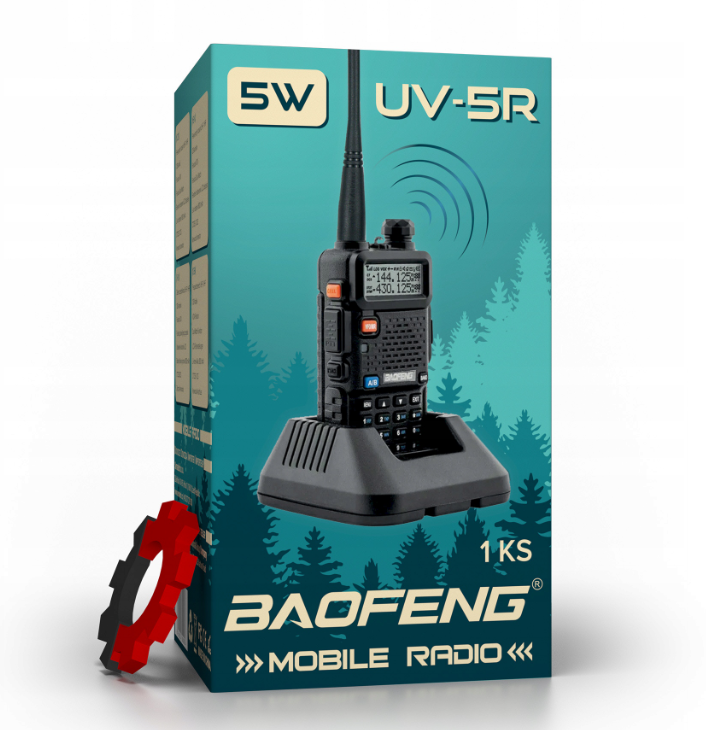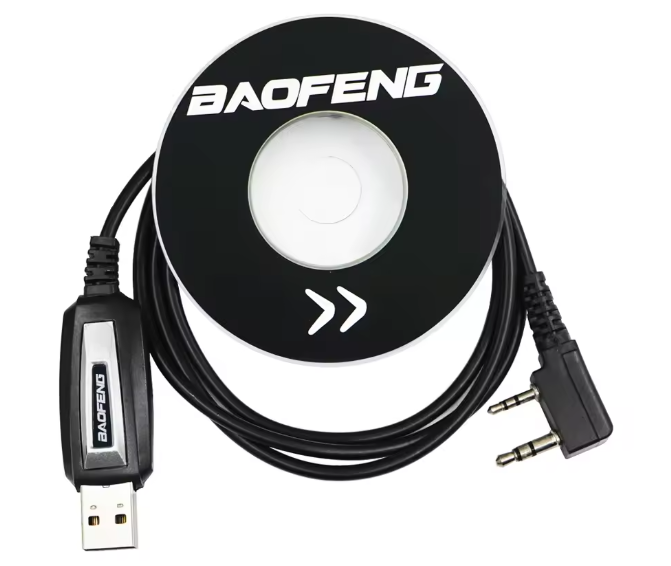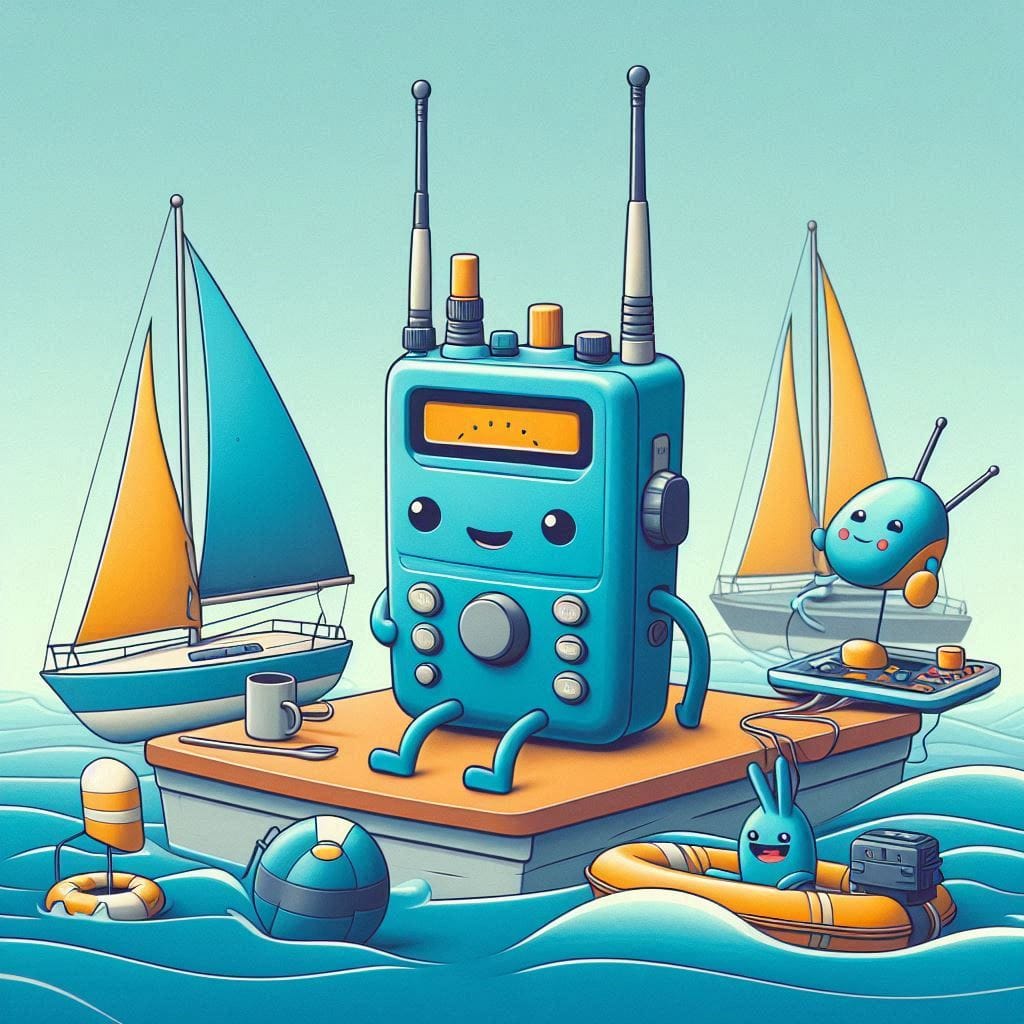When it comes to coastal sailing, your main communication tool is the trusty VHF radio. And that means—yes—you’ll need a VHF Radio Operator Certificate to use one legally.
All yachts heading out to sea are equipped with fixed VHF radios. But sooner or later, especially when sailing shorthanded, you'll find yourself wishing you had a portable VHF radio on board.
Why We Use a Portable VHF
Here’s how we personally use ours:
- Docking or departing: We often communicate with the marina or an assistant, but when you're at the helm, you can't use the fixed radio station located inside the saloon.
- Big boats, bad weather: On longer boats, or when it’s blowing 25 knots, it’s much easier to keep in touch with crew members at the bow over VHF.
- Shore-to-boat comms: Perfect for when someone goes ashore for supplies (or a beer run) and needs to check in.
Don’t Overpay for “Marine” Radios
Many new buyers get overwhelmed by the variety of VHF radios on the market. Sellers don’t help—they love to slap on the word “marine” and pre-program marine channels, then charge a premium.
You can skip the markup with a little knowledge.
A Quick Look at How Marine VHF Works
International regulations designate the 156–174 MHz frequency range for marine use. To keep things simple, this band is divided into 59 channels, usually spaced 25 kHz apart.
VHF radios operate in one of three modes:
- Simplex: Transmit and receive on the same frequency. (These are largely obsolete.)
- Semi-duplex: Transmit and receive on different frequencies, but not at the same time. Push-to-talk (PTT) is still used.
- Duplex: Transmit and receive at the same time on different frequencies—like a phone call. No PTT needed.
So what do you actually need?
A semi-duplex radio operating in the 156–174 MHz range, with solid transmission power.
Our Favorite Budget Pick: Baofeng UV-5R
We picked up a Baofeng UV-5R 5W for just €15. It’s one of the most popular, budget-friendly handheld radios out there.

Just make sure your kit includes a USB programming cable—you'll save yourself a lot of manual frequency entry later. If it’s not included, buy one separately (we found one for €1).

How to Program Marine Frequencies
There are two ways to program your radio with marine channels:
Option 1: Manual Entry
Find a channel/frequency chart online and input them manually. It’s a bit tedious but gets the job done.
Option 2: Use Free Software (Much Easier)
Download CHIRP, an open-source tool: https://chirpmyradio.com
Plug your radio into your computer using the USB cable
Download a .csv file with marine channel frequencies (Below, I'm attaching the file I used, but there are countless others available online, along with plenty of instructions on how to use them)
Upload the frequencies to your radio via CHIRP
Done. You’re ready to go.
Final Tip
Buy at least two radios. That way, you can put them to work right away. You’ll wonder how you ever sailed without them.
Smooth sailing!

